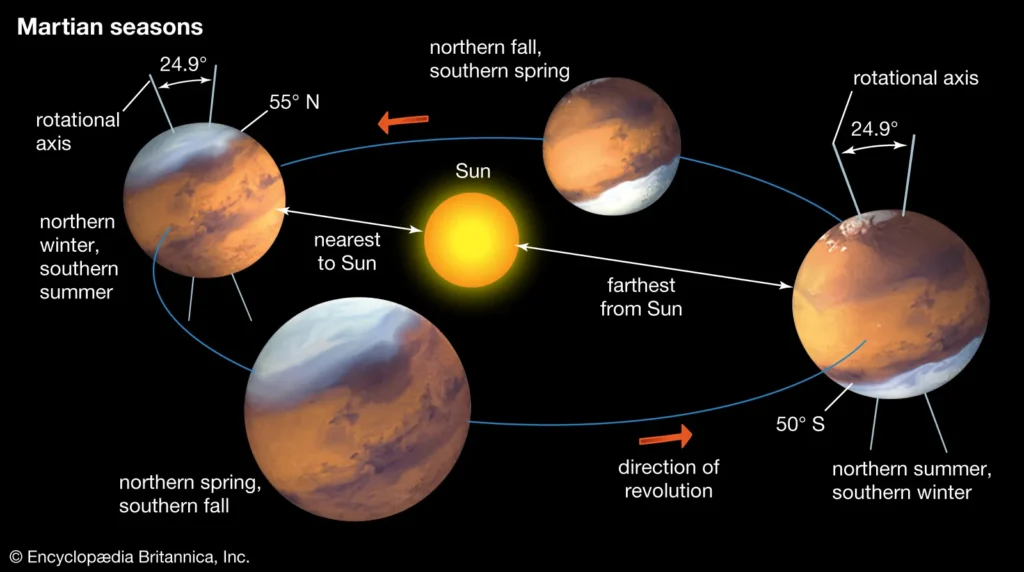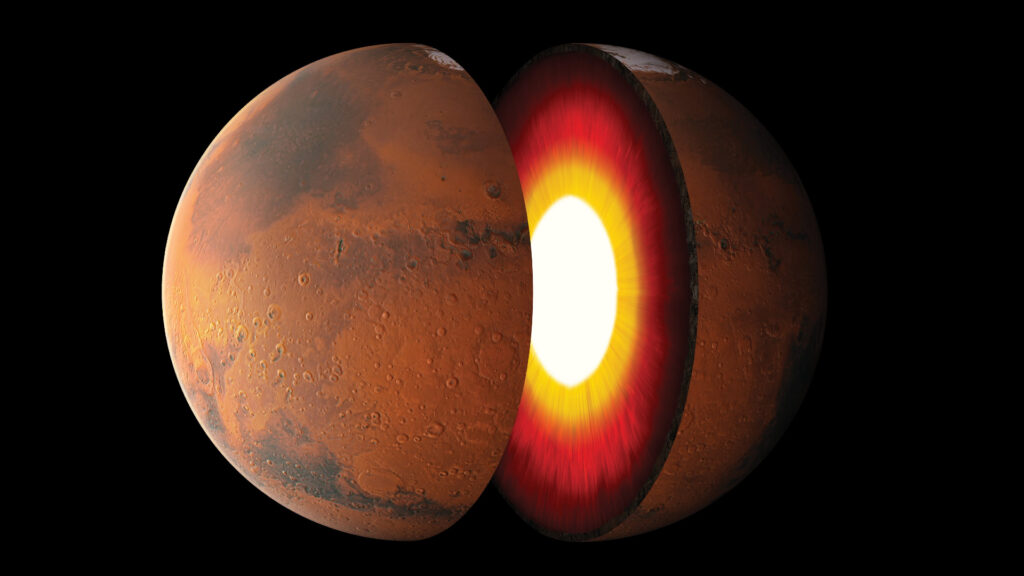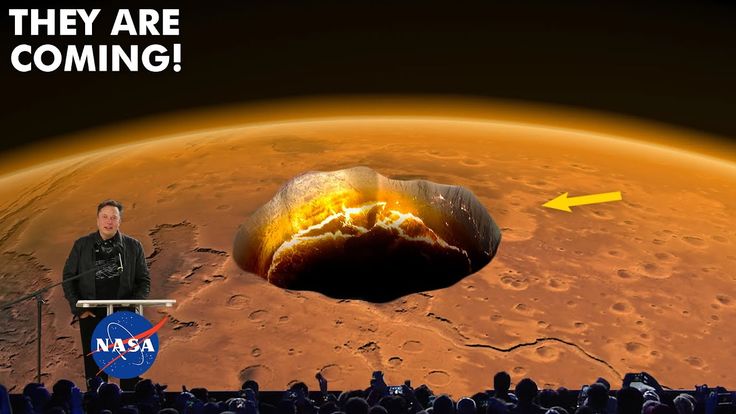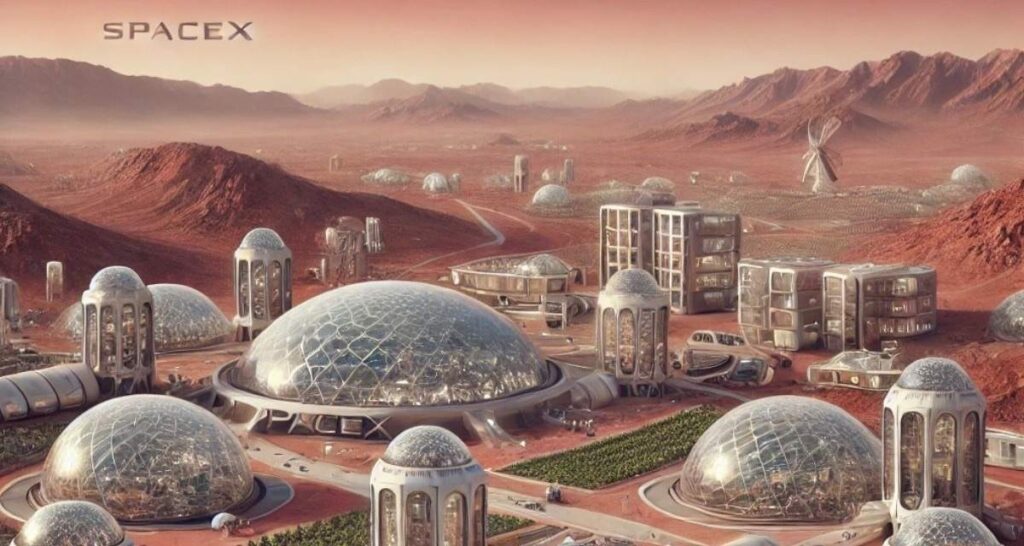Mars, often referred to as the “Red Planet” due to its iron oxide-rich surface, has long captivated scientists and space enthusiasts alike. Located fourth from the Sun, Mars is a terrestrial planet with a diameter of approximately 6,779 kilometers (4,212 miles), making it about half the size of Earth. Its day lasts 24.6 hours, and a Martian year spans 687 Earth days.

Mars boasts a thin atmosphere composed mainly of carbon dioxide, with traces of nitrogen and argon. The planet’s surface features a diverse landscape, including the largest volcano in the solar system, Olympus Mons, and the vast canyon system, Valles Marineris. Despite its harsh environment, Mars has polar ice caps and evidence of ancient water flows, making it a prime candidate for further exploration.

NASA and Elon Musk’s Vision for Mars
NASA and SpaceX, led by Elon Musk, have set their sights on Mars as the next frontier for human exploration. Musk envisions a self-sustaining city on Mars, aiming to establish a human colony by the 2060s. His ambitious plan involves sending thousands of people to Mars, leveraging SpaceX’s Starship spacecraft and Super Heavy rocket for transportation.

Mars’ proximity to Earth, at an average distance of 140 million miles, makes it one of the most accessible planets for human missions. Its day-night cycle is similar to Earth’s, and its surface gravity, about 38% of Earth’s, would allow for easier movement and construction.

Moreover, Mars offers the potential for scientific discoveries, including the search for past or present life. The planet’s surface contains essential elements for life, such as water, organic carbon, and an energy source. Establishing a human presence on Mars would not only advance our understanding of the planet but also serve as a stepping stone for future interplanetary travel.

Conclusion
As NASA and SpaceX continue to develop technologies and plan missions to Mars, the dream of making the Red Planet a second home for humanity grows closer to reality. With its unique characteristics and potential for scientific breakthroughs, Mars remains the most promising candidate for human habitation beyond Earth.



